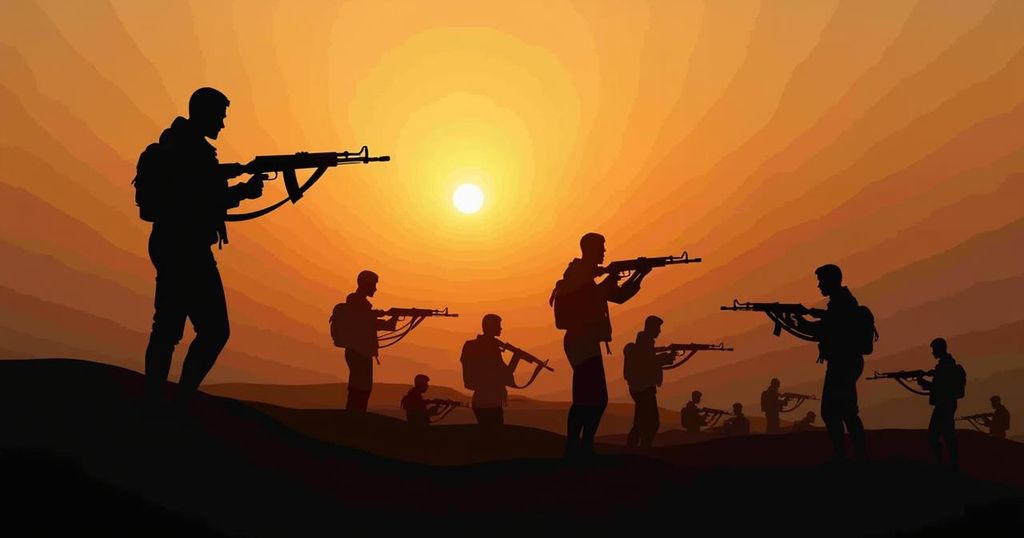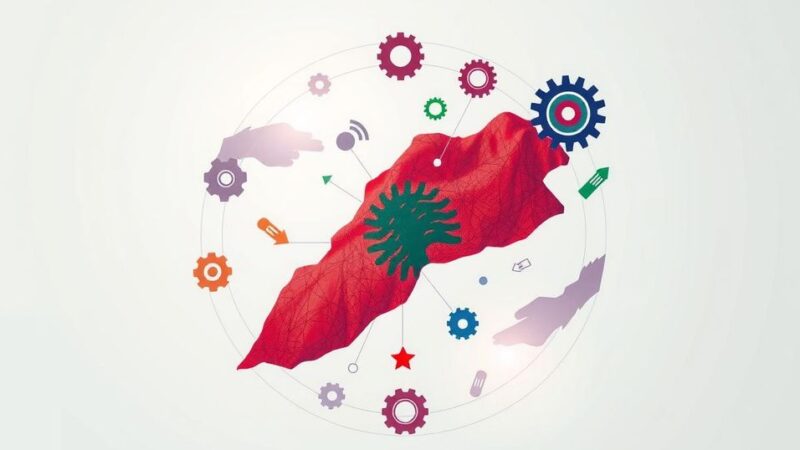Following Israel’s strikes that reportedly killed Hezbollah’s leader, Hassan Nasrallah, Iran faces severely limited options for retaliation. Experts highlight that Iran’s strategic framework is precariously positioned while being challenged by the loss of key leaders within its proxies.
Iran’s Supreme Leader Ayatollah Ali Khamenei affirmed on Saturday the commitment of his nation’s proxies to support Hezbollah amidst the turmoil following Israeli airstrikes that reportedly killed the group’s chief, Hassan Nasrallah. Analysts caution that Iran now faces restricted options for retaliation. The Israeli Defense Forces claimed responsibility for eliminating key figures associated with Hamas and Hezbollah in targeted strikes, significantly impacting the group’s capacity to project power in the region. Iranian media also reported the death of IRGC Brigadier General Abbas Nilforooshan, raising alarms regarding Iran’s strategic positioning as it navigates a precarious geopolitical landscape. Despite the killings provoking potential calls for vengeance, experts assert that Iran’s capacity to launch a decisive counteraction has been substantially diminished. According to Hamidreza Azizi, a researcher at the German Institute for International and Security Affairs, Iran’s strategic calculus has shifted significantly. The loss of Nasrallah severely undermines Iran’s deterrence strategy while compounding the complexity of any further response. As tensions escalate, Iran finds itself weighing extremely unfavorable options. Engaging in direct military confrontation could provoke a severe Israeli retaliation, while refraining from action may embolden adversaries, thus further deteriorating Iran’s influence both regionally and domestically. Moreover, the network of allies, including the Houthis in Yemen and Iraqi militias, suffers from fragmentation, complicating Tehran’s operational readiness. Ultimately, the recent events underscore a critical juncture for Iran and its proxies, as they assess their waning influence and the potential for internal unrest within aligned groups such as Hezbollah, crucial for Iranian strategy in the Middle East.
The recent airstrikes by Israel that targeted key figures within Hezbollah and Hamas mark a significant escalation in regional hostilities, particularly highlighting the vulnerabilities of Iran’s proxy networks in the Middle East. Following the attack on Israel by Hamas on October 7, 2023, Hezbollah’s commitment to supporting Hamas through coordinated actions emphasized Iran’s policy of using these groups to extend its influence. However, the elimination of significant leaders has exposed Tehran’s challenges in maintaining the balance of power within its operational framework. Analyses from regional experts emphasize Iran’s complicated situation, wherein it must consider its response methods while balancing the risks of escalating military engagements with Israel, which could potentially destabilize its existing alliances and territorial integrity.
In summary, the death of Hassan Nasrallah poses a substantial challenge for Iran as it contemplates its next steps in a rapidly changing security landscape. Weighing the strategic repercussions, Tehran’s options appear limited, whether engaging in conflict or opting for restraint. The tenuous condition of its proxy network further complicates Iran’s strategic decisions. Ultimately, the Iranian leadership is confronted with extraordinarily adverse choices that have far-reaching consequences for its regional aspirations and alliances.
Original Source: www.newsweek.com






